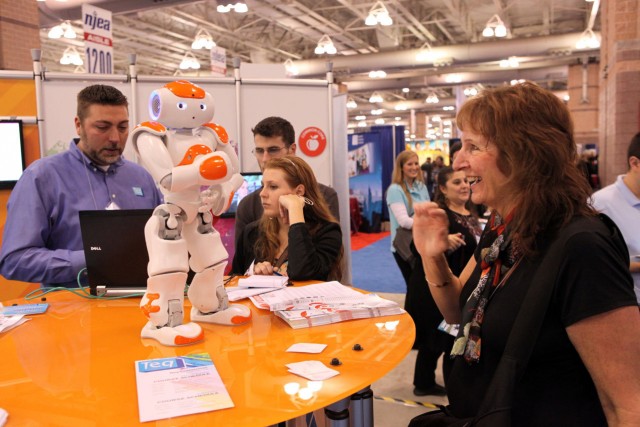Are you looking for strategies to help students who try to avoid learning experiences ? If so, keep reading.
1. Select a peer to model appropriate participation, performance of tasks, or acceptance of duties for the student.
2. Get the student to question any directions, explanations, or instructions not grasped.
3. Provide the student tasks and duties they will enjoy performing (e.g., teacher assistant, line leading, chores in the classroom, etc.). As the student shows success, slowly introduce less desirable tasks and duties.
4. Follow up a less desirable learning experience with a more desirable learning experience, requiring the student to finish the first to perform the second.
5. Make sure the student knows that leaving the classroom may only be done at regularly scheduled intervals (e.g., during recess, break time, lunch, class changes, etc.).
6. Give the student many chances for academic and social success.
7. Assess the appropriateness of the social setting concerning the student’s capacity and ability to function successfully (i.e., do not place the student with peers who are menacing to him/her).
8. Plan alternative learning activities for the student to perform or take part in if they have difficulty performing designated learning activities. As the student shows success, slowly remove the alternative learning activities.
9. Let the student leave the classroom to get learning materials from their locker, use the restroom, go to the nurse’s office, go to the counselor’s office, etc., after tasks are finished or duties are performed.
10. Give the student positive feedback that indicates they are successful, competent, essential, valuable, etc.
11. Get the student to record and chart their own appropriate behavior (e.g., participating in classroom learning activities, performing tasks, accepting duties, etc.).
12. Make sure that reinforcement is not provided for complaints of physical discomfort (e.g., allowing the student to leave the room, avoid tasks, leave school, etc.).
13. Request student input in planning the curriculum, extracurricular learning activities, etc.
14. Minimize the emphasis on competition. Competitive learning activities may increase the student’s anxiety and lessen the student’s capacity and ability to remember information.
15. Give the student a selection of tasks and require the student to select a minimum number from the total amount (e.g., present the student with 10 academic tasks from which 6 must be finished each day).
16. Consider using one of the apps and tools from our many app lists. These apps are designed to help students who are experiencing academic difficulties.
28 of the Best Apps for Kids in Kindergarten28 of the Best Apps for Kids in the First Grade
39 of the Best Apps for Kids in the Second Grade
53 of the Best Apps for Kids in the Third Grade37 of the Best Apps for Kids in the Fourth Grade
25 of the Best Apps for Kids in the Fifth Grade
28 of the Best Apps for Kids in the Sixth Grade
35 of the Best Apps for Kids in the Seventh Grade
28 of the Best Apps for Kids in the Eight Grade
27 of the Best Apps for Kids in the Ninth Grade33 of the Best Apps for Kids in the Tenth Grade20 of the Best Apps for Kids in the Eleventh Grade14 of the Best Apps for Kids in the Twelfth Grade





